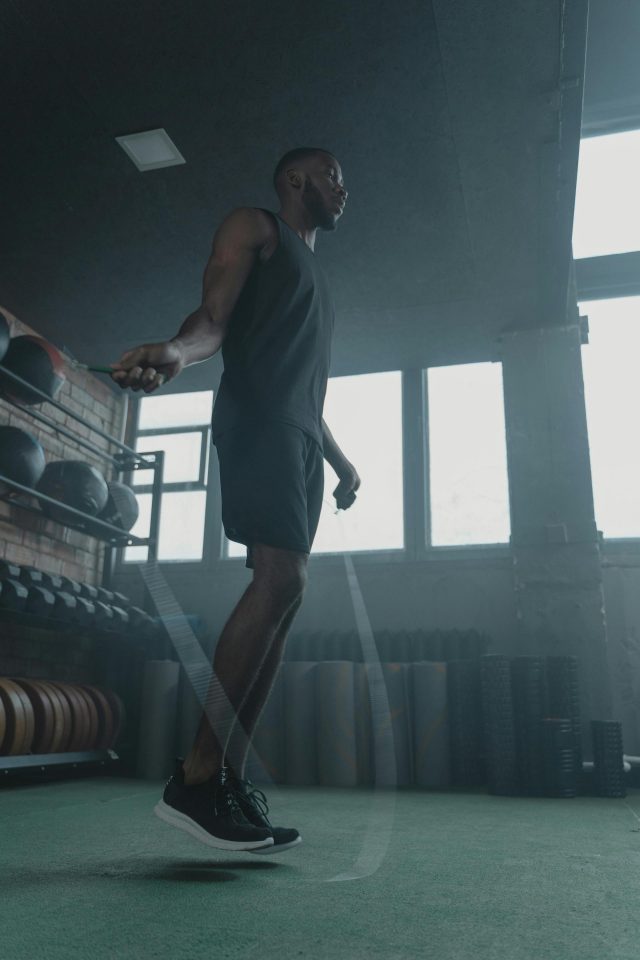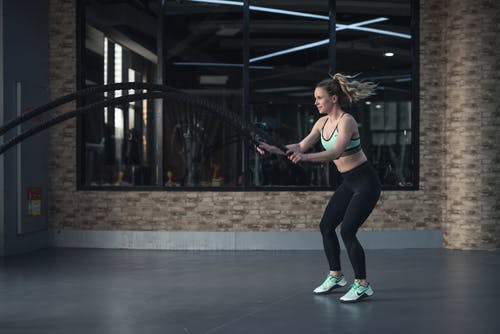Jumping rope is a lost art. As coaches we tend to focus on the Olympic lifts, on mobility drills, on having the right drills to build acceleration/deceleration, maximum velocity training, sport-specific agility, etc. that we have forgotten one of the simplest and most effective training tools out there – the jump rope. Not only have we forgotten about incorporating it into our programs, but it’s not a skill that is being taught in early grade levels anymore, so we can’t assume that athletes will be familiar with it anymore.
Why devote time to jumping rope? Well, it has a lot of benefits:
First, it’s inexpensive. Cardio equipment costs thousands of dollars. Strength training equipment that is used for conditioning costs hundreds and you need lots of different sizes to be effective. For example, if you want a team to use kettlebells in conditioning you will need a huge variety in sizes, which costs money. A decent jump rope costs a few dollars!
Second, it is a great conditioning workout. This workout can be for as long as the athlete has the skill and endurance to do it. In other words, it could be for short intervals (30-60 seconds) or for long cardio sessions (15-20 minutes).
Third, it can be incorporated with other tools. For example, jump rope for 60 seconds, swing the kettlebell for 60 seconds, do lunges for 60 seconds, then bear crawl for 60 seconds.
Fourth, it develops the muscles and structures of the lower leg. Jumping rope develops the ankle, calf, shin, and foot. This has the potential to carry over to other activities and to help prevent a range of injuries from ankle, to achilles tendon, to shin splints.
Fifth, it develops foot speed and agility. The feet have to move over the rope at precisely the right time or bad things will happen when jumping rope. This also has great carry over to other activities!
Finally, this is a great tool for older “athletes” as well. We still need coordination, shin/ankle/foot development, conditioning, and foot speed. As we get older we also have issues with achilles injuries when we least expect it (jumping to make that layup in neighborhood basketball, for example). Jumping rope is something that will help us with all of these things.
This is a tool that lends itself to team situations. It’s inexpensive, it does a lot of things at the same time (conditioning, lower leg, coordination, foot speed, etc.), and it does not require a large amount of space. It also lends itself to being done in conjunction with other things. For example, Athlete A squats, Athletes B and C spot/load, Athlete D jumps rope. Then everyone rotates.


